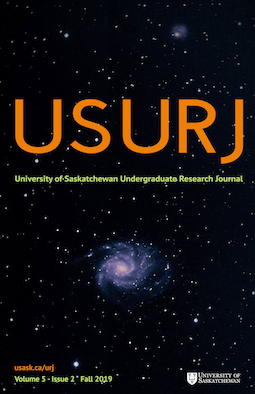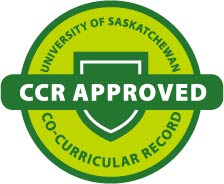The Endocannabinoidome
Expanding the Approach to Treating Traumatic Brain Injury Using the Endocannabinoid System
DOI:
https://doi.org/10.32396/usurj.v5i2.407Keywords:
endocannabinoidome, traumatic brain injury, endocannabinoid systemAbstract
This paper explores the potential use of endocannabinoidome molecules as a therapeutic approach to treating traumatic brain injury (TBI). Google Scholar was used to obtain the primary research literature analyzed for this review. Studies which manipulate the endocannabinoid system through methods such as administration of 2-AG or AEA ligands, inhibiting breakdown enzymes, and using CB1 and CB2 agonists or antagonists have shown promising results in treating TBI; however, no pragmatic clinical therapy has been found so far. The discovery of similar molecules and receptors has resulted in the expansion of the endogenous system and bred the term endocannabinoidome, which incorporates the newly discovered molecules and receptors. Ligands of the endocannabinoidome produce similar therapeutic benefits for TBI but act by different receptor pathways, which may allow one to overcome current existing problems of manipulating the endocannabinoid system for TBI treatment. Currently, therapies used to treat TBI have many unwanted side effects, establishing the need for alternative research options. This paper examines three of these endocannabinoidome molecules that have been previously researched for treating TBI and illuminates their specific receptor pathways and how these receptor pathways operate differently from the ordinary pathways of the endocannabinoid system. Gaining an understanding of the receptor pathways used by endocannabinoidome molecules will open a new field of research for therapeutics to treat TBI.
Downloads
Published
Issue
Section
License
Articles: USURJ’s current Publication Agreements apply a Creative Commons Attribution-NonCommercial License (CC-BY-NC) by default. The CC BY-NC license lets others remix, tweak, and build upon work non-commercially. The author(s) can choose a different CC license, as outlined in https://creativecommons.org/about/cclicenses/. Please see the PDF for each article to determine what license is applied to that article. Author(s) can also request to reserve all copyright (All Rights Reserved). If there is no indication for articles published before September 2020, assume the author retains all rights beyond those necessary for publication by USURJ. All articles published after September 2020 will apply one of the aforementioned CC licenses. See the Publication Agreement under the Submission Preparation Checklist or Author Guidelines for more information. Artwork: All copyright for the original artwork remains with the artist unless they wish to apply a Creative Commons (CC) license to the artwork. Please see the PDF for each artwork to determine what license is applied to that artwork.







